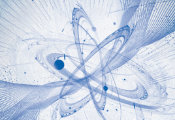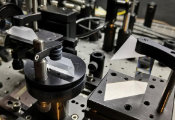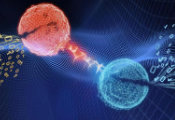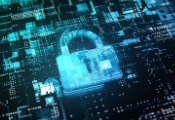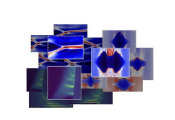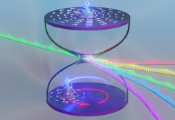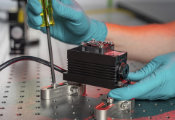Quantum Leap: Breakthrough for Secure Communication With ‘Artificial Atoms’
In a major scientific breakthrough, researchers from Leibniz University Hannover (LUH), Physikalisch-Technische Bundesanstalt (PTB) in Braunschweig, and the University of Stuttgart have implemented a new method for secure communication using semiconductor quantum dots. This advancement could revolutionize how we protect our confidential information from cyber threats.
Conventional encryption methods rely on complex mathematical algorithms and the limits of current computing power. However, with the rise of quantum computers, these methods are becoming increasingly vulnerable, necessitating quantum key distribution (QKD). QKD is a technology that leverages the unique properties of quantum physics to secure data transmission. By using single photons as carriers of quantum keys, QKD ensures that any attempt to intercept the communication is detected immediately, as it introduces errors in the signal. This method has been continuously optimized over the years, but establishing large networks has been challenging due to the limitations of existing quantum light sources.
The team, led by Professors Fei Ding, Stefan Kück, and Peter Michler, has made significant strides in this field. They used semiconductor quantum dots as single-photon sources, achieving high secure key transmission rates over a 79-kilometer distance between Hannover and Braunschweig. This is the first quantum communication link in Lower Saxony.

Professor Fei Ding explained the breakthrough: “We work with quantum dots, which are tiny structures similar to atoms but tailored to our needs. For the first time, we used these ‘artificial atoms’ in a quantum communication experiment between two different cities. This setup, known as the ‘Niedersachsen Quantum Link,’ connects Hannover and Braunschweig via optical fiber.”
The need for secure communication is as old as humanity itself. Quantum communication uses the quantum characteristics of light to ensure that messages cannot be intercepted. “Quantum dot devices emit single photons, which we control and send to Braunschweig for measurement. This process is fundamental to quantum key distribution,” Ding explained. He expressed his excitement about the outcome of this collaborative effort: “Some years ago, we only dreamt of using quantum dots in real-world quantum communication scenarios. Today, we are thrilled to demonstrate their potential for many more fascinating experiments and applications in the future, moving towards a ‘quantum internet’.”

